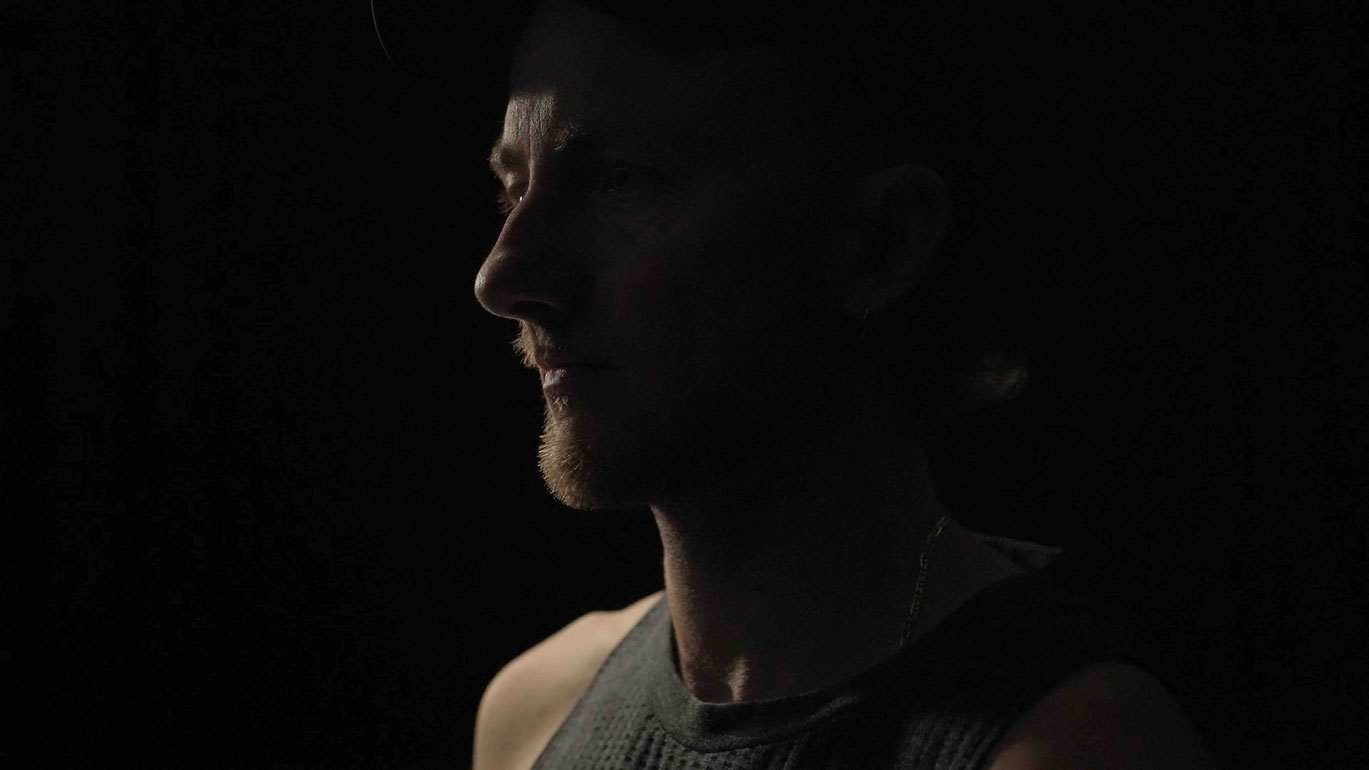The Growing Edge
Blurring the lines of choreography and storytelling The Growing Edge explores the theatrical and staged, fictional and dreamlike in autobiography, reflecting on the depiction of lived queer and trans experience as personal and political narrative. The films transmale protagonist recounts a fragmented father and son relationship alongside a journey of re-framing masculinity as an act of reconciliation. The figure of a horse acts as an accomplice, in tandem with Kaler's performance subverting the duality of horse-infatuated girly-ness and study cowboyish-ness. (production notice)
The opening credits describe the initial premise: when on vacation, a father and child go riding, the boy’s horse begins to gallop, there’s a fall from the horse, the father insists that he get back on, and the child remains on the ground.
To the hypnotic-meditative, musically thrilling soundtrack by rRoxymore, we see the repeated long shot of a horizontal triptych: sky, forest, field – with living things, both animal and non-animal, in the distance. We see edited images, in negative colors, of a muscular horse body and human body, and fascinating choreographies of movements that seem to imitate each other, reminiscent of the studies of horses by Muybridge and Katrina Daschner.
Through the narrative of his relationship with his horse and his father, Ian Kaler develops an auto-theory of the proportionality of sentient beings to one another, of man and nature, and of gender history. In this beautiful film elegy, the transformation of the relationship between author/performer and horse is unfolded, narrated linguistically but above all artistically and exploratively, in a precisely choreographic manner. Kaler raises important questions about the body as an archive, the restoration of which (as per Julietta Singh) is probably only possible in fictionalization, after the two bodies have come together again under new circumstances: “Ten summers after the winter I start T, as a grown man myself, I tell myself …” And the new ending that is told is just one of many other possible endings. (Andrea B. Braidt)
(Translation: John Wojtowicz)
The Growing Edge
2025
Austria, Germany
17 min



